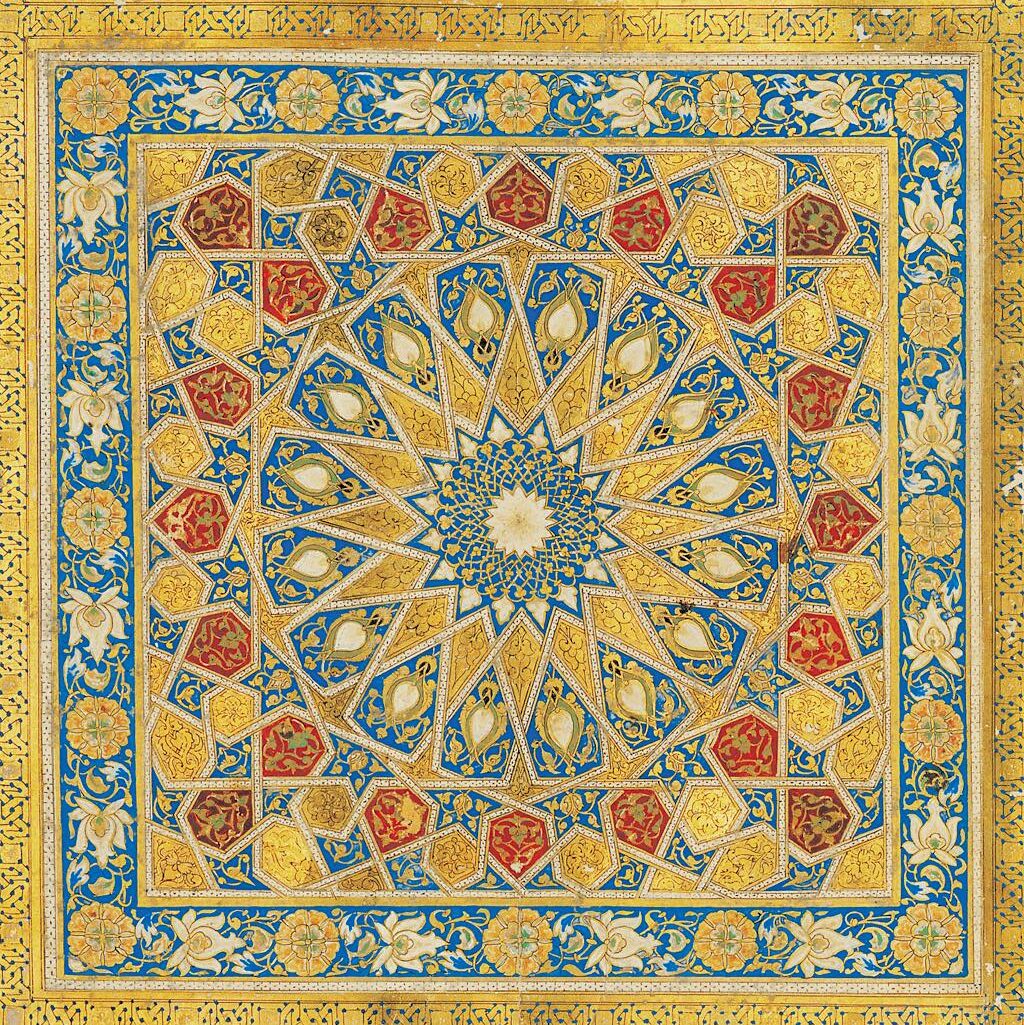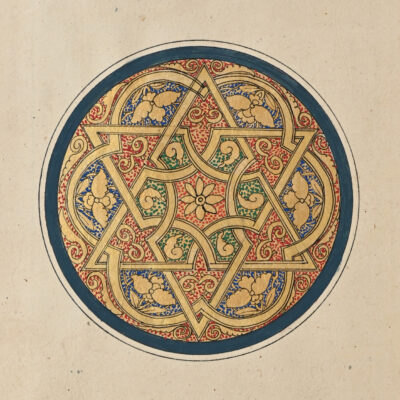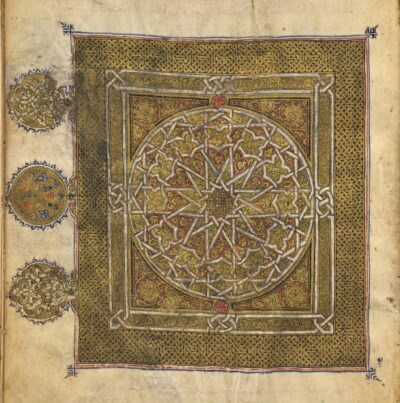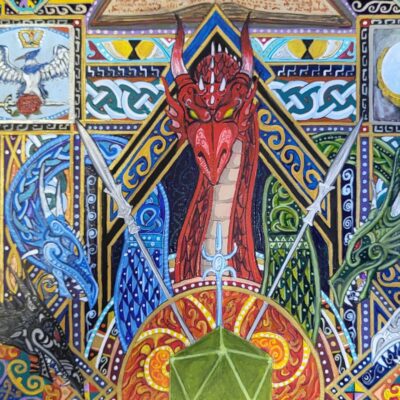This absolute gem of Islamic art is from one of the one hundred and forty Qur’ans of the Mamluk period (1250-1517 CE) from the National Library of Egypt collection.
This specific one was produced in Cairo around 1369-1372 and was apparently a commission from an amir named Arghun Shan (death 1376).
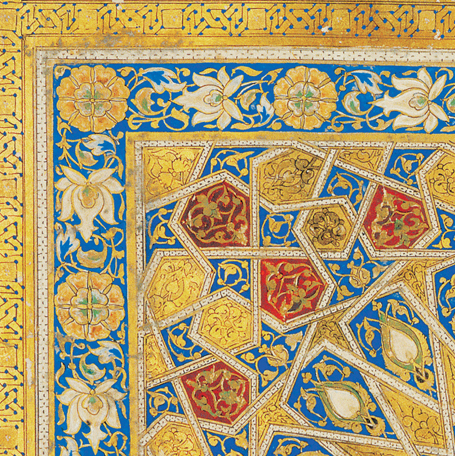
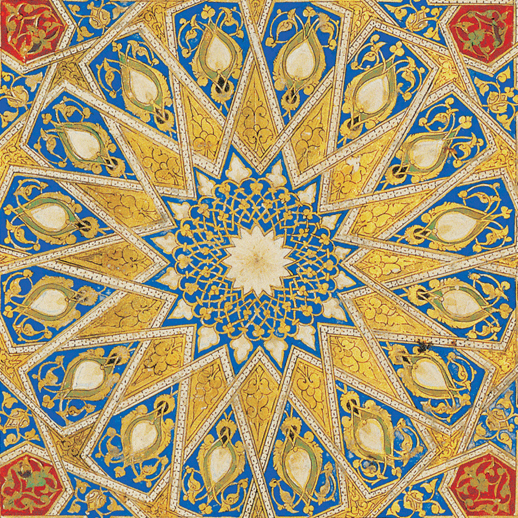
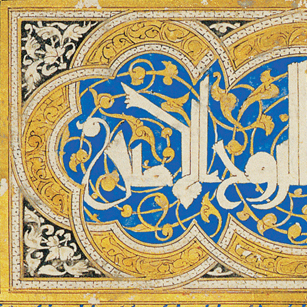
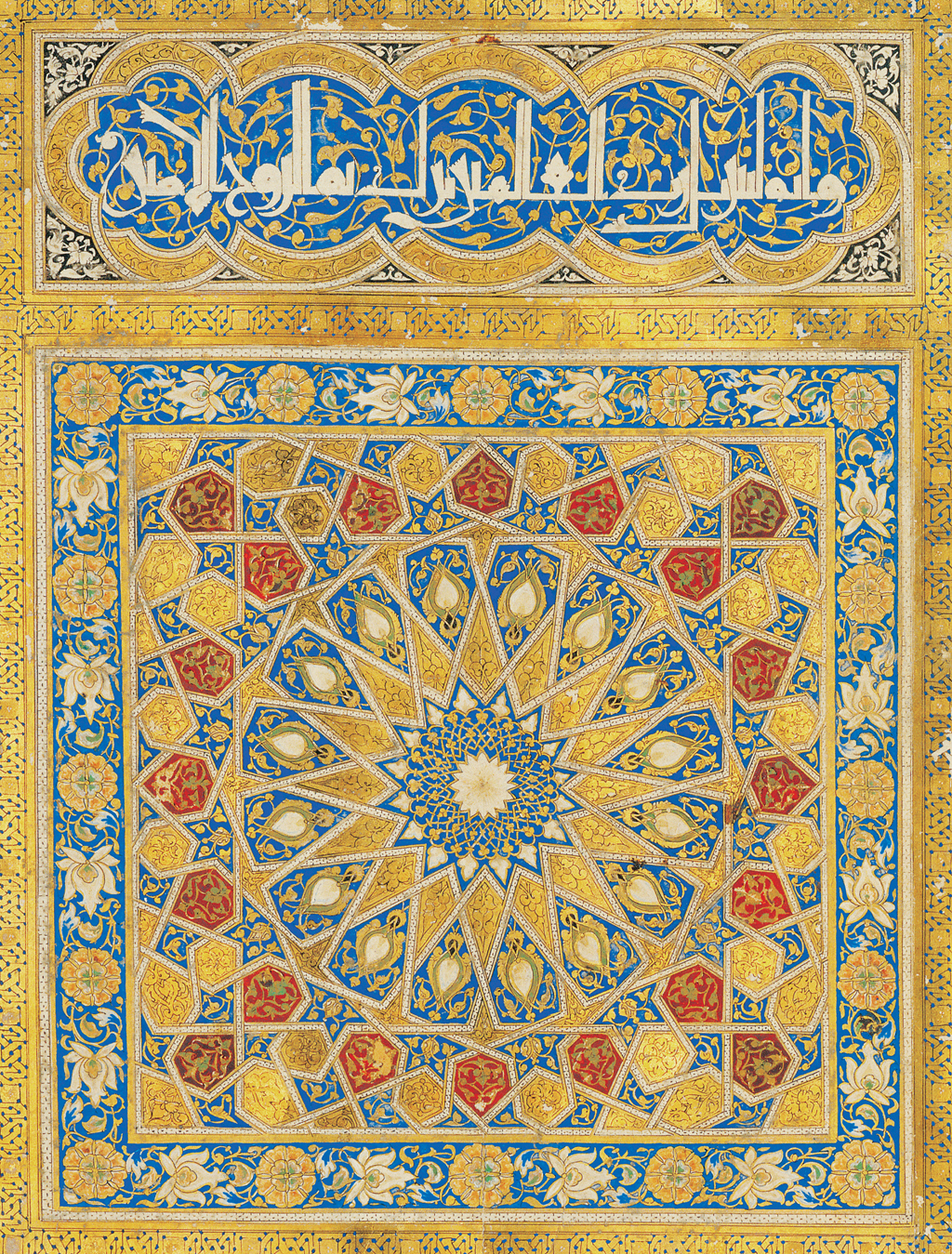
Mamluk and Islamic Art
The manuscripts illuminated under Mamluk rule in the 13th and 14th centuries are a great source of intricate geometric and organic patterns. They also give magnificent examples of how calligraphy was used as a conveyor of both meaning and decorative art, in a religion where the dogma forbid the use of human figures.
Mamluk art, and more generally Islamic art and its very precise geometry, is one of the great source for interlaces and knotworking patterns. The geometric patterns are then often combined with arabesques which are interlacing patterns of foliage and stems.
Help welcome
As I’m don’t read Arabic I could not find deeper information about his one, I hope I’ll be able to expand on this later (reminder that this website is following the digital garden philosophy). I you do speak Arabic and have more information about this manuscript or the mamluk qu’rans, please share them in the comments.
Sources & links
- Details about this document on Wikimedia.
- Discover through InterlaceKnots on twitter
- Category on Wikimedia.org : the National Library of Egypt’s Collection of Mamluk Qur’an Manuscripts
- Art mamelouk on Wikipedia


